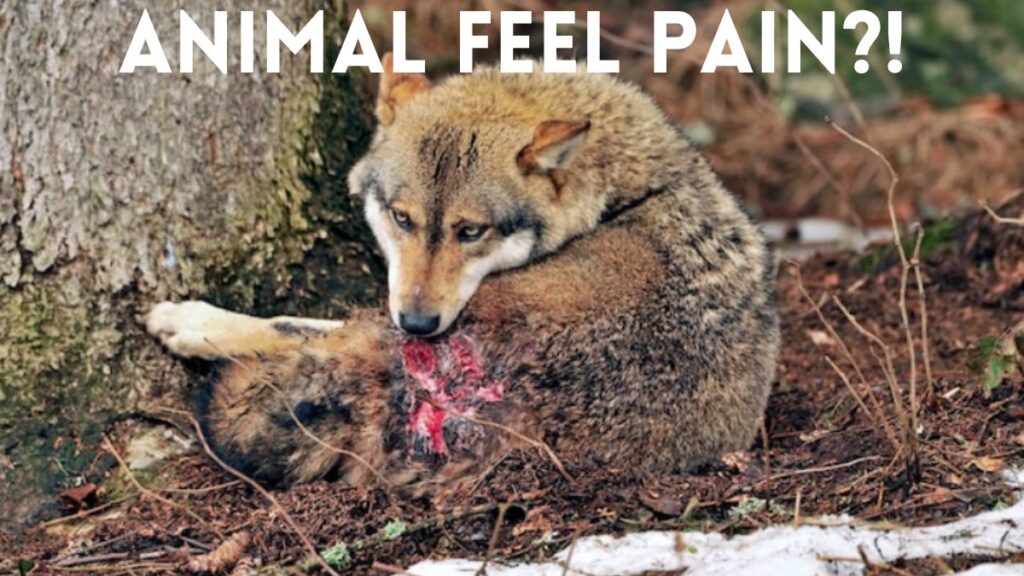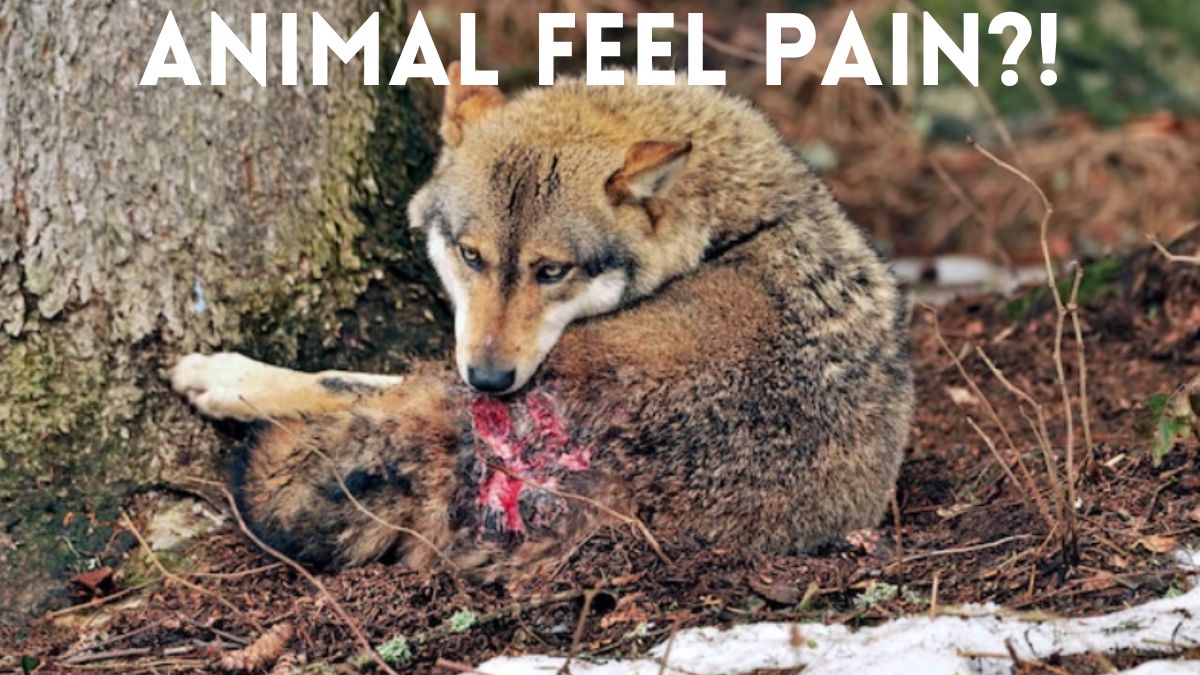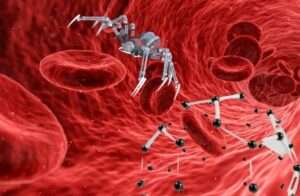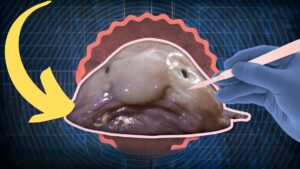
One way to identify that a rabbit is in pain is through its behavior, such as pinning back its ears and narrowing its eyes, as part of a “grimace scale” used to assess animal discomfort. While it may seem counterintuitive, pain can serve as a useful warning sign, alerting us to an issue that needs to be addressed.
While humans are able to clearly communicate discomfort, it may be more difficult for animals to express pain. This has led to the question of whether animals feel pain in the same way as humans and how we can determine?
Show Us Areas That Hurt
Mammals have a similar nervous system, neurochemicals, perceptions, and emotions, which all contribute to their experience of pain, according to evolutionary biologist Marc Bekoff. Although it is uncertain if animals experience pain in a similar way to humans, this does not imply that they do not.
There are several ways that animals, especially pets, may communicate physical suffering. Foster, a dog owned by Dorothy Brown, for instance, suffers from phantom limb agony in a leg that was amputated after it was struck by a car. Foster will cry and look at the spot where his leg used to be even when he is asleep. Human amputees may also experience this phenomenon. The ability to leap less well or losing hunger are two behavioral changes that pet owners should watch for and report to their veterinarians.
Scientists have developed “grimace scales” for mice, rabbits, rats, and horses to help identify pain through physical changes in the animals, such as stiffened whiskers and narrowed eyes in hurt rabbits. These scales allow veterinarians and pet owners to recognize pain in animals through their facial expressions and behaviors.
I Feel Ya
Interpreting pain in non-mammal species, such as reptiles, can be difficult because they cannot make facial expressions like mammals, says Bree Putman, postdoctoral fellow at the Natural History Museum of Los Angeles. Many reptiles do not even have eyelids. However, this does not mean that they do not feel pain.
According to the book “Pain Management in Veterinary Practice,” reptiles, amphibians, and fish have the necessary neuroanatomy to experience pain, indicating that these non-mammal species are capable of feeling pain just like mammals do. These animals avoid painful stimuli and respond to pain-killing drugs, indicating that they experience pain. In the wild, prey species like rabbits may not show signs of pain to avoid being targeted by predators, while predators like wolves may also hide their pain or weakness to avoid appearing vulnerable to their peers.
Birds also have pain receptors and experience pain in a similar way to mammals. A 2000 study found that lame chickens preferred food containing a painkiller when given the choice.
Animals Big and Small
According to Brown, veterinarians take care to consider the potential pain their patients may experience, regardless of the animal species. This includes captive Galápagos tortoises, which may accidentally injure themselves during mating.
In these cases, the tortoises can sometimes break their shells or legs if the male falls off the female after mating. Brown notes that this must be painful for the tortoises.
Explore:







